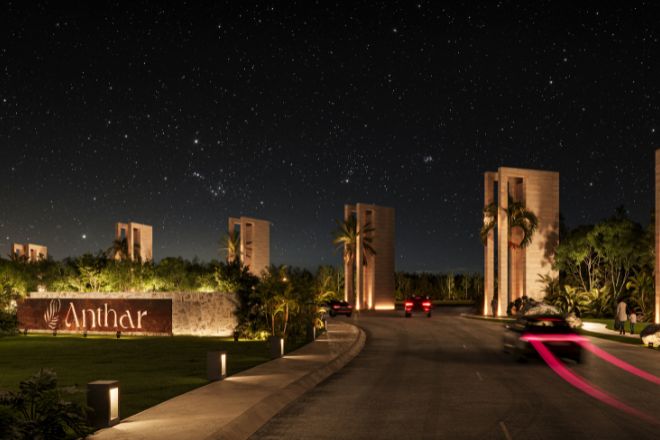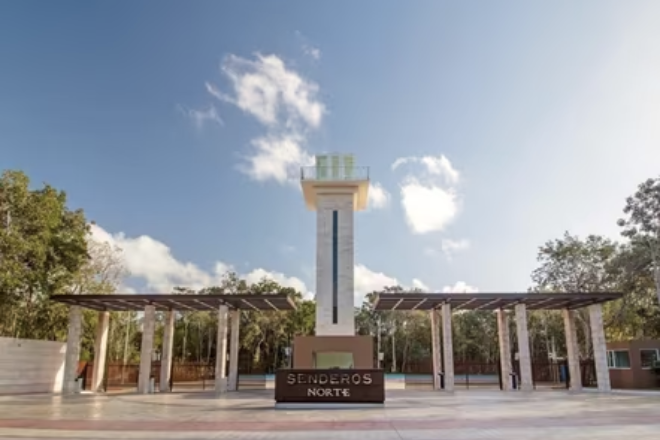
Written by Ly Cotes
Published on October 28th, 2020
If you saw the Pixar's movie Coco a few years ago, then you will know what I'm talking about today. The Day of the Dead is an annual celebration in Mexico. Mexicans think that on this day, the souls of the deceased come back from beyond. From the early morning of November 2nd, the souls of the deceased cross into the world of the living, and their friends and family awaits them with altars containing offerings such as meals, photos, flowers, and other items of value to the deceased, as well as several celebrations in memory of them.
The Day of the Dead in Mexico is celebrated from November 1st until the 2nd, it is a deeply rooted tradition in this country, born of the racial syncretism between indigenous people and their beliefs about death and the traditions adopted from Spanish culture and catholic religion.
From that union between cultures, the symbols of the day of the dead in Mexico was born.

Skull
The most important
icon of the Day of the Dead is La Calavera (skull), it represents the
indigenous death divinities, which can be seen in ancient drawings carrying out
their daily activities, only that their faces look gaunt.
Altars
The altars are a
table, chair, or any space where items that were important to whom the altar is
dedicated are added as an offering. These items can be very different from one
another, for example, photos, food, drinks, incense, flowers, and toys with the
elements of the festivity that are the paper figures, marigold flowers, sugar
skulls, copal, candles, etc. Altars are not only made at homes but shopping
centers or schools do them as well during these festivities.
Pan de Muerto
This bread is molded with different shapes, most of the time
in the shape of bones at the top is baked only on these dates, and can be
found in different bakeries and shops. In smaller towns, people normally do it
at home, sometimes as a family tradition.

On November 1st, the children dress up (this part of the
celebration may be was introduce by Anglo-Saxon celebrations) and ask for
'calaveritas' (candy). November 1st is considered the day on which the souls of
the children return, in contrast to the adults, which is on the 2nd. During the day of the dead, people usually go
to the graves of the loved ones to leave flowers, it is very common to see lots
of people at cemeteries that day.
The regions of Mexico have different celebrations, within the Yucatan Peninsula, including Quintana Roo, the day of the dead is known as Hanal Pixan, which means "food for souls." The most traditional thing about Hanal Pixan is to prepare the favorite foods of the loved one that passed the way on November 1st and 2nd, the next day the family can enjoy the feast that also includes pozol and other drinks. A traditional dish in these times is the Mucbipollo or PIB, it is a stew made from corn, meats, and spices wrapped in banana leaves and cooked on the ground, as the ancient Mayans prepared it.
The celebrations of the Day of the Dead are very colorful
and full of joy. For Mexicans, it is not a matter of mourning. Mexicans laugh
at death, as we see it as part of the journey of being alive.
Contact us to find out which are the best places to go for a walk in Cancun, Puerto Morelos, Playa del Carmen, Puerto Aventuras, Akumal, or even Tulum, and be able to witness firsthand what this wonderful celebration is about. We assure you that nightlife in these cities becomes a unique event to enjoy music, food, and magic.














